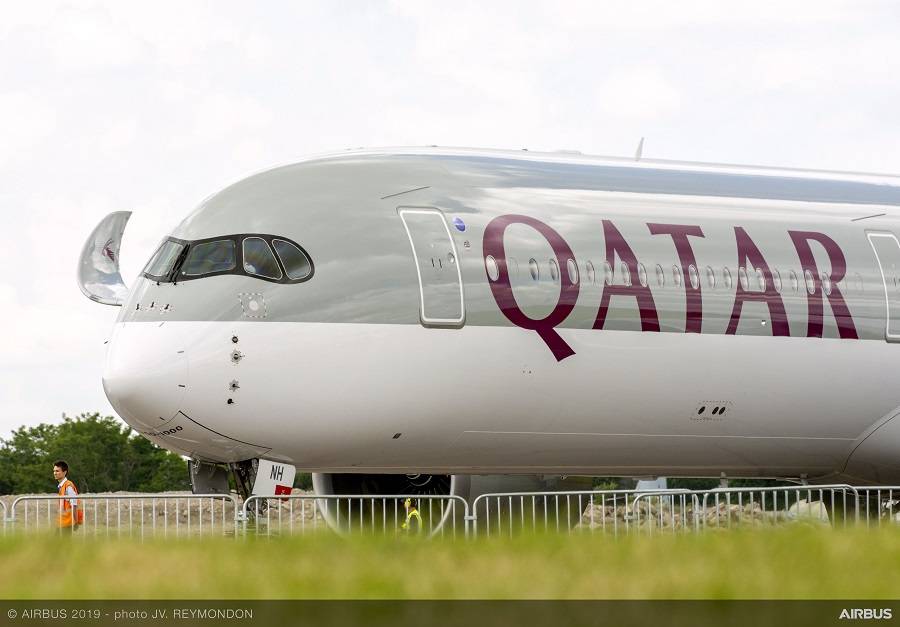More detail emerged about the paint and surface issues in Qatar’s Airbus A350 fleet. Five other airlines have concerns about the issue, too.
We have looked at this issue before. But what began at least in public as an Airbus – Qatar tug of war, seems to affect several other A350 operators. Not only that, the issue could have serious financial implications for Airbus. It first became public when Qatar sent one of its A350s to a paint facility in Ireland. Its intention was to give the aircraft a special livery, for the 2022 World Cup. In the end, a Boeing 777-300ER got that treatment.
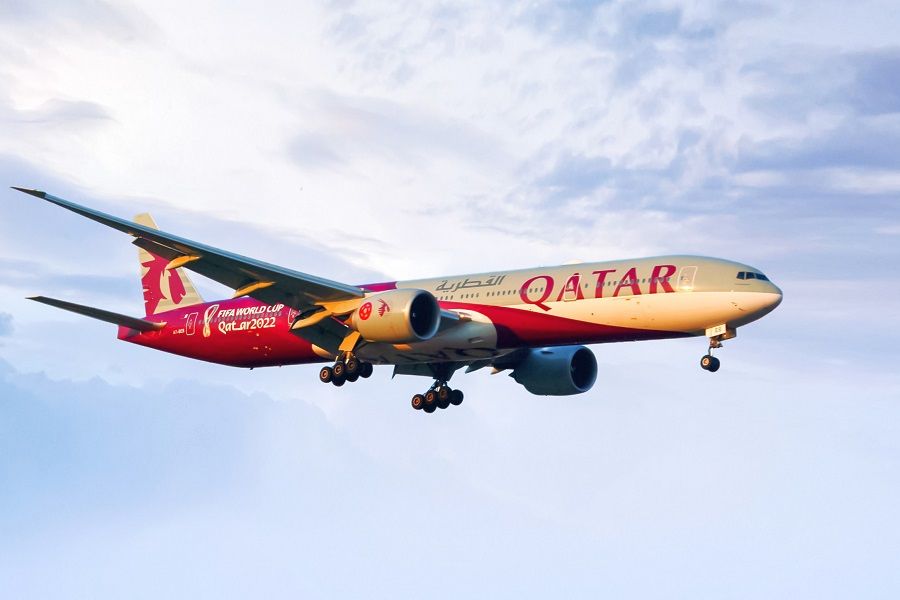
As we saw, Qatar has put several A350 widebodies in storage, with paint issues. The operator has grounded 20 aircraft (up from an initial 13) out of 53 in total. The airline also stopped taking deliveries of new aircraft. But from the start, it wasn’t entirely clear if the problem was with the paint itself, or with something else underneath it.
A350 – The Mesh Under The Paint
Now things are a bit clearer. The issue has to do, in large part, with a metallic mesh that each A350 has under its layers of paint. Like some other new aircraft designs, the structure of the A350’s fuselage consists of carbon fibre and other composites. As a material, carbon fibre is very strong for its weight, making it an excellent choice for modern structures.
https://t.co/O6jMzYpweM @alexjcornwell
— Tim Hepher (@timhepher) November 29, 2021
But carbon fibre isn’t electrically conductive (or conductive enough). And aircraft need a way to handle lightning strikes. Aluminium and other metal structures do so naturally, but composites need a little “help”. So carbon fibre aircraft need to incorporate a thin layer of metal, near their surface. And it now seems that there is an issue between this layer of metal in A350 aircraft and the paint covering it.
Airbus calls this mesh-like layer “Expanded Copper Foil” (ECF). To solve the issue, the manufacturer is working with something it calls “Perforated Copper Foil”. Officially, Airbus states that this matter is a kind of early surface wear. The manufacturer adds that it has found a root cause for the issue. But some A350 operators with paint issues state that they haven’t heard as much from Airbus.
A350 Paint In Hot And Cold Climates
Previously, one possible explanation for these issues related to the extreme temperature swings that some aircraft undergo. With its Gulf location, this seemed to explain why Qatar’s jets would suffer more than others. Also, Qatar is an A350 launch customer, explaining why they saw the issue first. But as it turns out, Qatar wasn’t the only or even the first A350 operator with these paint issues.
Some of Finnair’s A350s exhibited this issue all the way back in 2016. The airline describes the issue as cosmetic. However, Finnair has shared pictures of such wear with other A350 operators, showing that even the anti-lightning mesh is affected. And obviously, while Finland’s climate can be extreme, it’s not in anything like the way Qatar’s is. This puts into question the explanation regarding temperature swings.
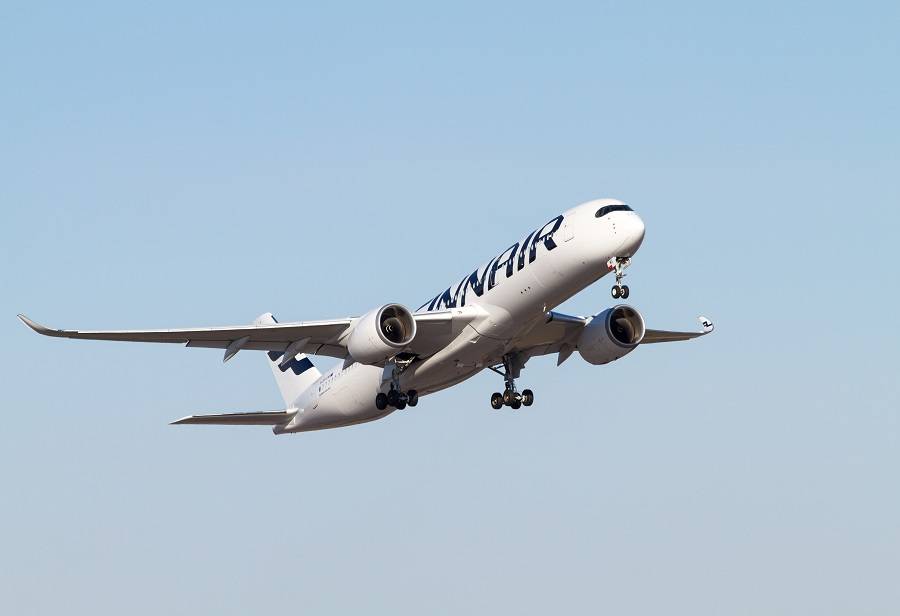
Cathay Pacific has also seen paint issues in several aircraft in its A350 fleet. Crucially, the airline uses a different paint supplier to Finnair’s. And more worryingly, some of Cathay’s aircraft exhibited the problem just two weeks after delivery. More companies to have these issues include Lufthansa, Air Caraibes and Etihad.
Lufthansa describes the A350 paint issue as “occasional cosmetic defects” that have been corrected. But the issue covered an area of “more than a square metre (10.8 square feet)” on one occasion. Air Caraibes says it has had “no major paint problems” with its own aircraft. The airline has contracted Air France for maintenance. Air France hasn’t seen the issue in its own aircraft. Etihad has also seen the issue on its jets but refused to comment.
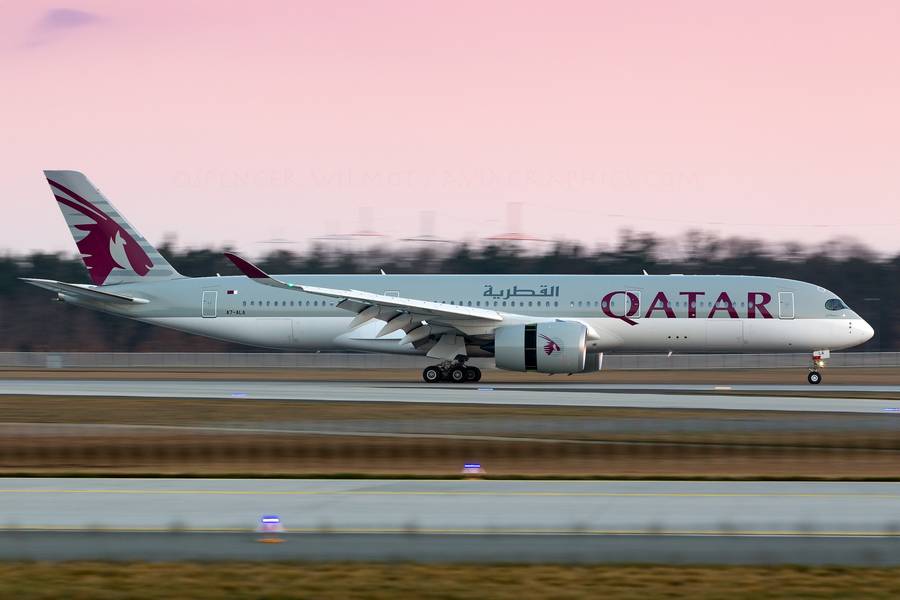
Fixes For Existing Planes?
Note here that concerns about temperature swings don’t necessarily relate to the A350 fleet’s paint. Another way carbon fibre differs from metals is that it expands and contracts a lot less with heat variations. So the way the material interacts with both the paint and the metallic mesh comes into play. But again – the issue affects airlines with aircraft that operate in radically different environments.
It is also worth noting that Boeing saw some paint issues with its 787, which uses carbon fibre, like the A350. But these problems were of a different nature. Both Boeing and Airbus saw some difficulty in getting paint to adhere to titanium components. Boeing, too, has stated that these issues had no safety implications and that it has long resolved them.
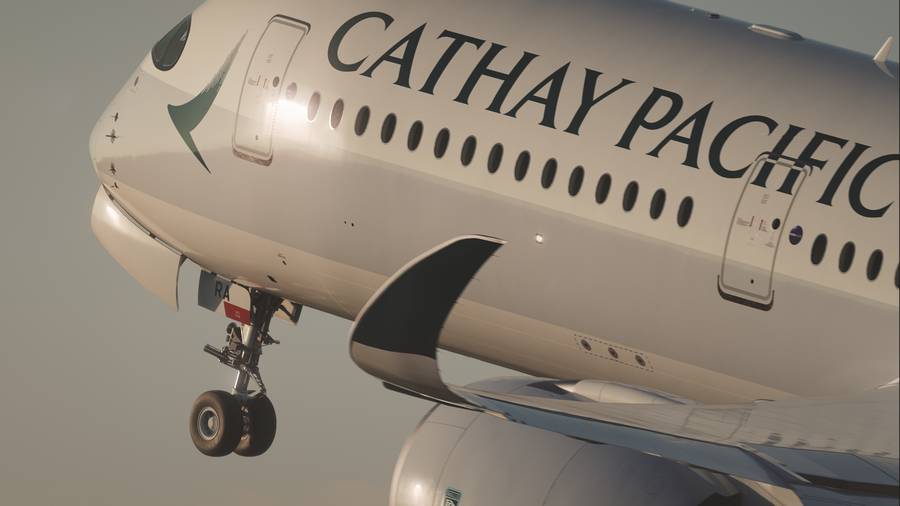
Airbus stresses that these A350 paint issues don’t pose any safety concerns, including lightning strikes, even with some mesh damage. This is because of substantial safety margins in the system. But while future aircraft could have improvements or changes, it’s not clear how Airbus wishes to handle existing aircraft.
Those safety margins in lightning strike protection should mean that Airbus won’t have to pay compensation for this issue. But it seems that Qatar Airways, for one, doesn’t see it this way. Finally, the timing of these A350 paint issues isn’t good for Airbus. The manufacturer is pursuing sales of its new A350F freighter and doesn’t need these paint/mesh questions.

